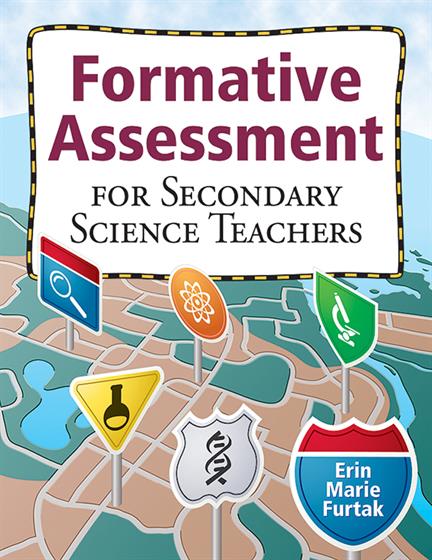Hands-on, Practical Guidance for Educators
From math,
literacy, equity, multilingual learners, and SEL, to assessment, school counseling,
and education leadership, our books are research-based and authored by experts
on topics most relevant to what educators are facing today.

Formative Assessment for Secondary Science Teachers
Use this powerful tool to enhance science teaching and learning!
Grounded in extensive research, this practical guide shows teachers how to use formative assessments effectively in their science classrooms. The author covers all science content areas for middle and high school levels—including physics/physical science, life science/biology, earth and space science, and chemistry—and supports teachers with:
- Richly detailed, concrete examples of appropriate assessments
- In-depth guidelines for implementing the assessments
- Brief case studies that demonstrate how teachers have used formative assessments
- Easy-to-use templates to help analyze current units and identify places for inserting formative assessments
Product Details
- Grade Level: 6-12
- ISBN: 9781412972215
- Published By: Corwin
- Year: 2009
- Page Count: 176
- Publication date: June 17, 2009
Review Copies
This book is not available as a review copy.


